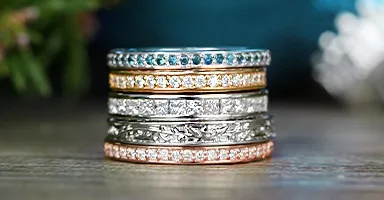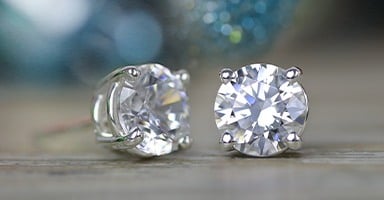How to Avoid Buying Blood Diamonds
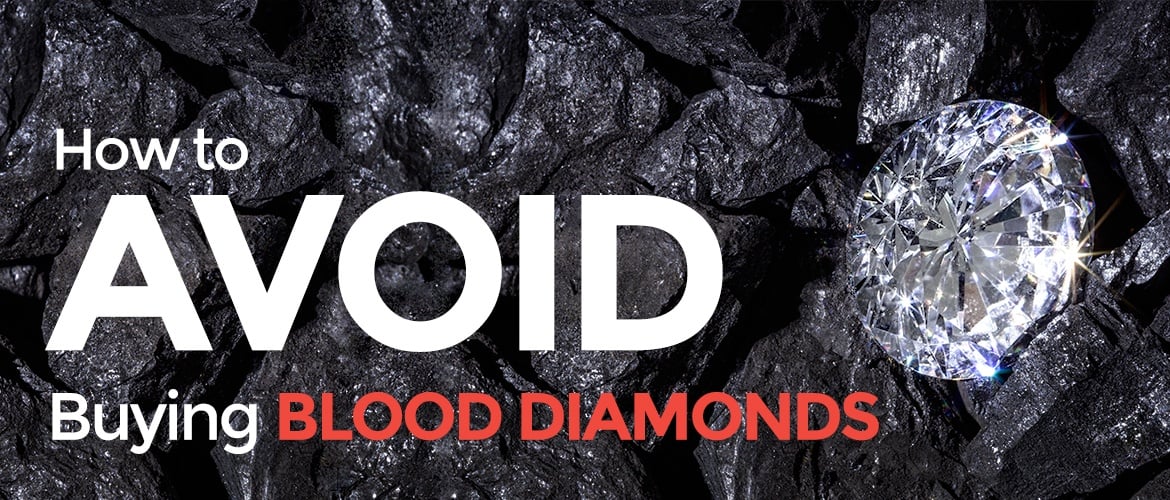
People often become wrapped up in the size or sparkle of a diamond. However, there’s sometimes a hidden, darker side to many of these dazzling gems. Before purchasing a diamond, it’s imperative that you ensure it’s conflict-free. Diamonds that are not conflict-free are known as blood diamonds, which means they are illegally sold in order to finance devastating wars and terrorism.
In the U.S., it’s illegal to buy or sell blood diamonds. Unfortunately, however, some retailers do not comply with this law. To avoid buying blood diamonds when you are buying an engagement ring, follow these tips:
Buy New Diamonds
If you want to ensure your diamond is conflict-free, always buy a new diamond instead of purchasing a vintage or antique stone. Why? Countries around the world go to great lengths to ensure that blood diamonds are not sold. Many countries, including the U.S., closely monitor diamonds from the time that they are mined until they end up in a retailer’s inventory to make sure that the diamond is not being sold to fund war or terrorism.
This is known as the Kimberley Process, and it has been effective in preventing 99.8% of the world’s blood diamond trade. However, the Kimberley Process was not established until 2000. Prior to this time, countries did not have any guidelines or regulations in place to prevent blood diamonds from entering the market. As a result, any diamond that entered the country prior to 2000 could be a blood diamond.
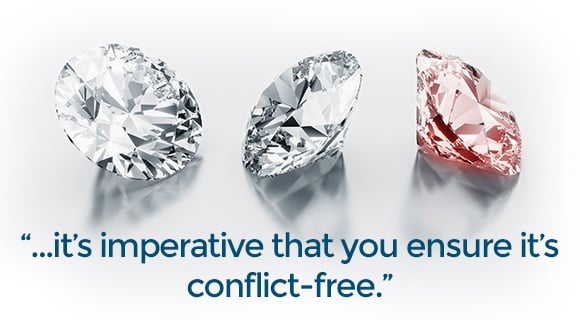
This means there is virtually no way to determine whether antique or vintage diamonds are conflict-free—regardless of what any retailer tells you. While your sale may not go towards funding terror, these diamonds may still have a horrible legacy. If you want to keep your jewelry collection completely conflict-free, purchase vintage-inspired jewelry, or have a new loose diamond placed in an authentic vintage setting.
Another great way to ensure you purchase a 100% conflict-free diamond is to buy a lab grown diamond. Lab diamonds look just like natural loose diamonds and are made in a laboratory, ensuring they are conflict-free with no environmental impact.

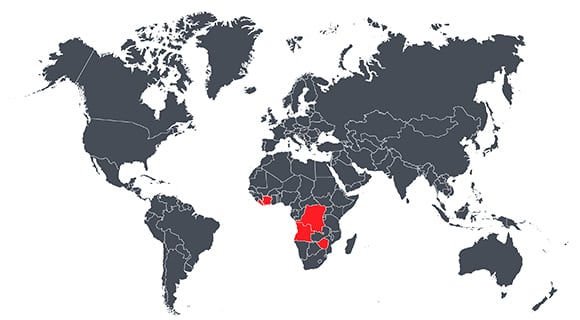
Ask the Jeweler
You should only buy diamonds from retailers that have a written policy that describes their commitment to selling conflict-free diamonds. Feel free to ask each retailer questions relating to the source of their diamonds. Retailers shouldn’t have trouble explaining where their diamonds were mined (excluding vintage and estate jewelry).
Human rights organizations have identified several countries that still mine diamonds to fund terror activities, including Zimbabwe, Angola, Liberia, and the Democratic Republic of Congo. If the diamond comes from one of these areas, it may be a blood diamond.
Some of the countries that are known for ethical diamond mining are Canada, Namibia, and Botswana. Look for diamonds that are mined in these areas instead.

You should also ask the retailer about the diamond’s certification. Reputable diamond retailers will have each diamond examined and certified by a gemological lab like the Gemological Institute of America (GIA). If a diamond has been certified, it will have a report that contains details about the color, cut, clarity, and carat. Review this report to ensure that the diamond you are looking at matches the description provided by the GIA.
Finally, talk to the retailer about warranties. Some retailers will offer customers a warranty that guarantees that a diamond is truly conflict-free. This is a great way to ease any concerns you may have if you accidentally buy a blood diamond.
Although blood diamonds are rare in the U.S., it’s important to be cautious and informed when shopping in order to make sure you don’t end up with one of these unethical diamonds.

*Diamond mining pit in Lucky, Yakutia, Russia.


